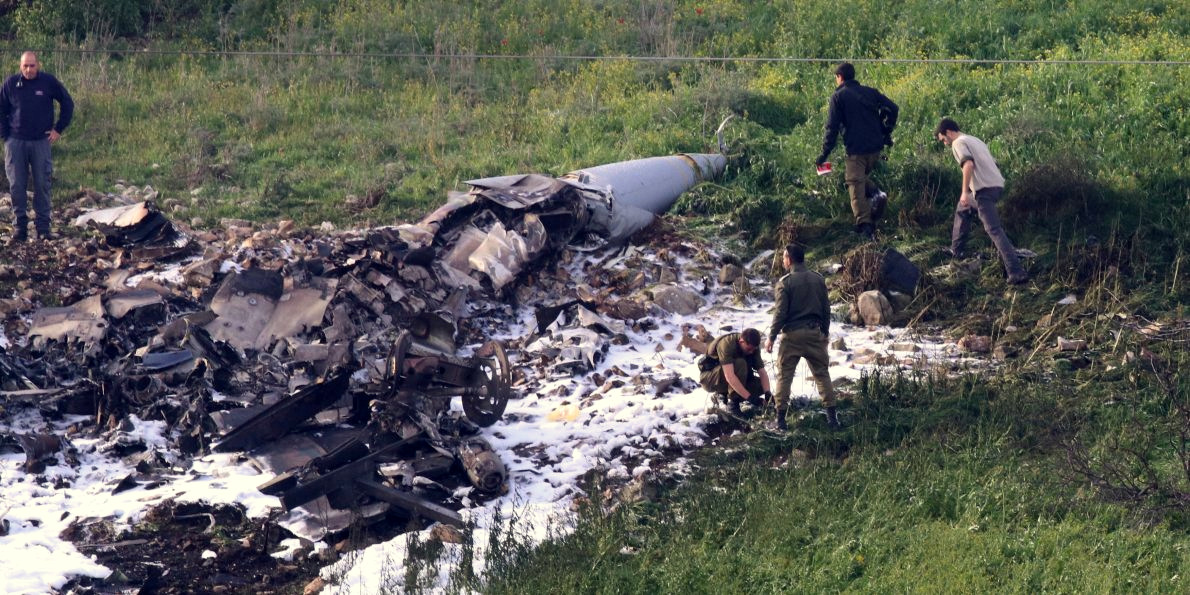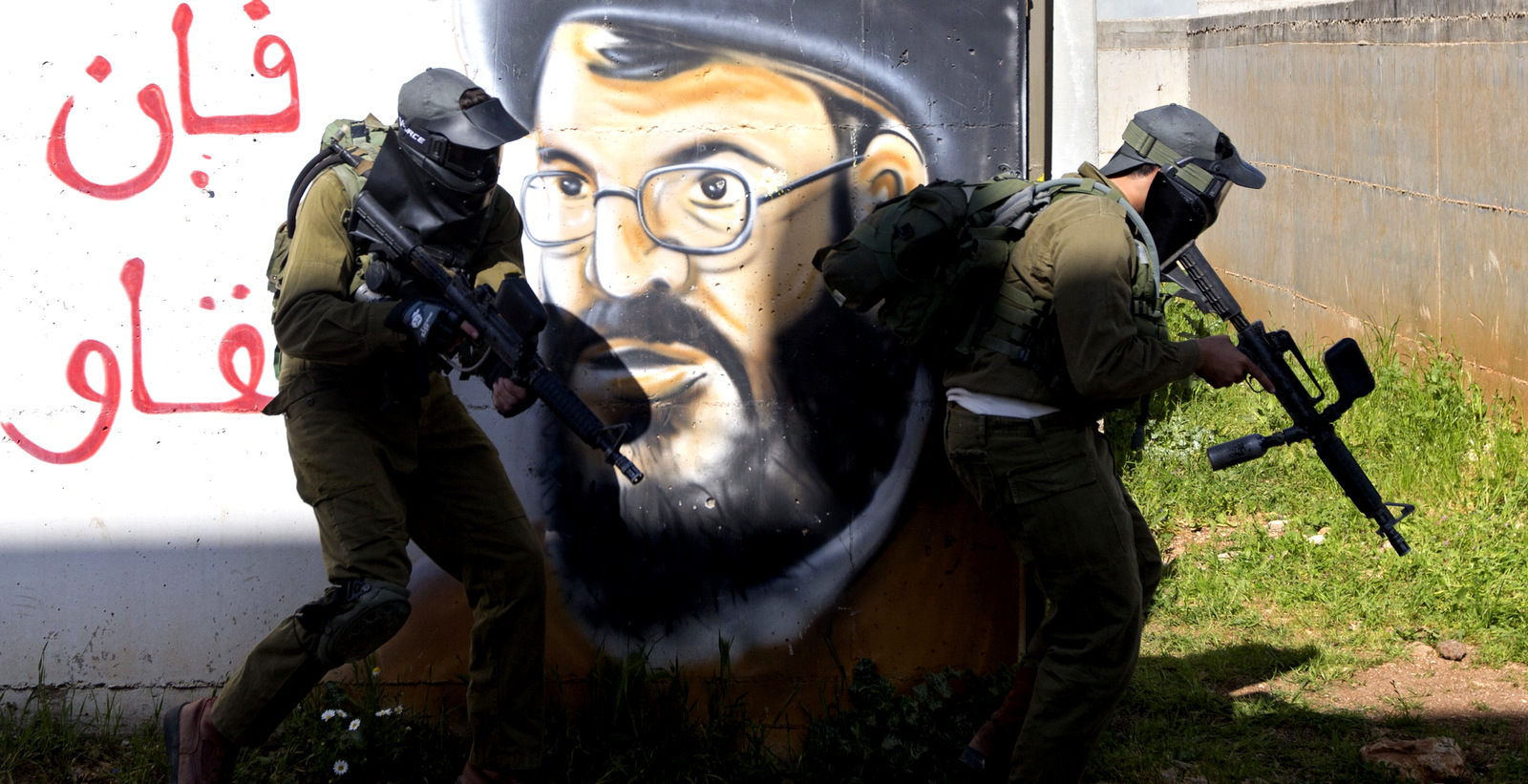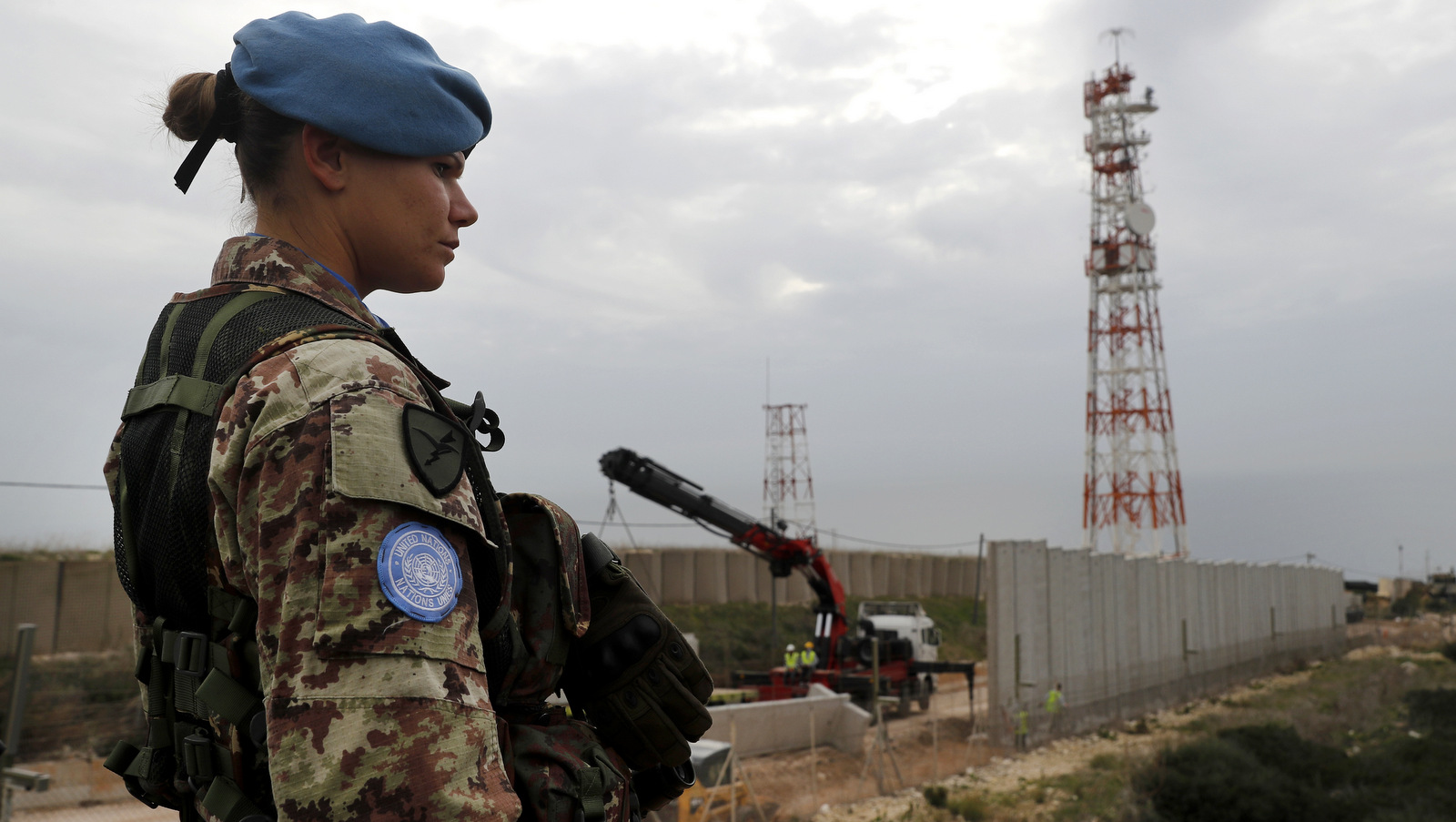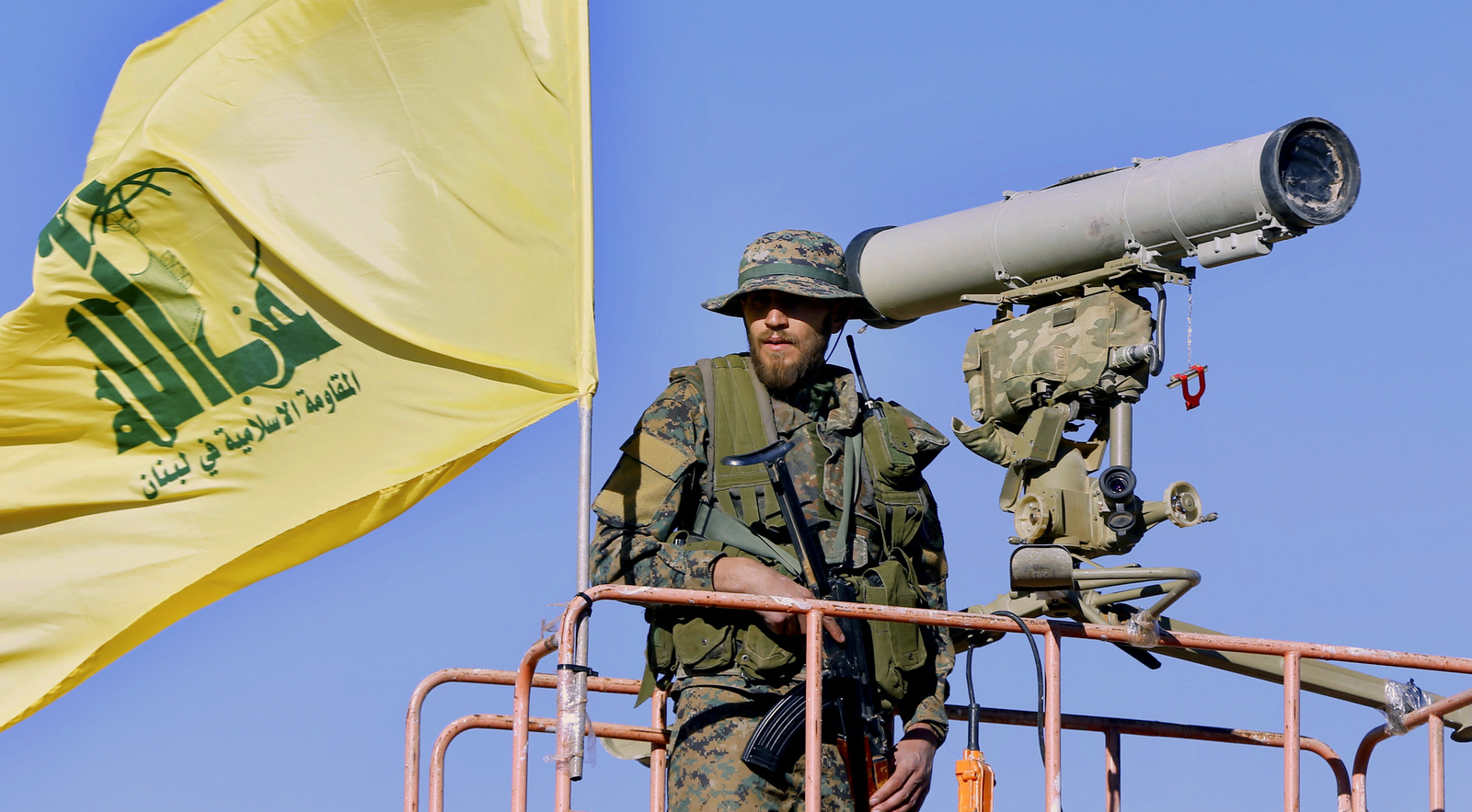TEL AVIV, ISRAEL — In mid-2006, Israel and Hezbollah fought a short-lived ground war in Lebanon, the outcome of which has generally been accepted as a victory for Hezbollah, as Israel struggled to inflict any meaningful damage on the Lebanon-based group. As the Nation’s Sulome Anderson has explained:
The 2006 war was an impressive win for the group, in that it successfully fought the most powerful army in the Middle East until it was forced into a cease-fire, with fewer Hezbollah casualties and more Israeli casualties than expected.”
In the years since, both Israel and Hezbollah have been preparing for and warning about, what can only be described as an inevitable rematch. Preparations for the up-and-coming war have recently escalated, particularly on Israel’s part. It is important to examine the evidence now, as the media pays little regard to these developments which are leading the Middle East to open yet another war on yet another front — one that has the potential to segue into a number of other conflict theatres.
This looming conflict will not play out as it did the first time around. Prior to the 2006 conflict, Hezbollah had approximately 13,000 rockets and used at least 4,000 of them to prolong the conflict in its favor. The group now boasts some 150,000 rockets and missiles, including Russian-supplied missiles that “can hit anywhere in Israel,” according to one Lebanese commander.
Recent tensions
On February 19, 2018, head of Israeli Defense Forces (IDF) operations, Maj. Gen. Nitzan Alon warned that the chances of war breaking out in 2018 were very high and that any war involving Hezbollah would likely draw in other players which “Israel would need to fight.”
Nine days prior to Alon’s statement, Israel shot down what it claimed was an Iranian drone that violated its airspace near the Syrian border. When Israel decided to bomb the site from which it alleged the unarmed drone was launched, Syria responded by activating its defense systems and shot down an Israeli F-16. Israel’s aggressive response to the downing of its jet saw Israel fire heavily upon 12 alleged Iranian and Syrian government sites inside Syria.


Debris is scattered from a downed Israeli F-16 which was shot down by Syria following an Israeli incursion into Syrian airspace. The jet was downed near Harduf, in northern Israel, Feb. 10, 2018. (Reuters)
Despite the Israeli response, Hezbollah celebrated the event, which they marked as the end of Israel’s ability to violate Syrian airspace without consequence. “We broke their wings,” one Hezbollah official told Anderson. “They’ll think twice before flapping them over Syria again.”
Throughout the Syrian conflict, Israel has been striking alleged Hezbollah targets in Syria with little to no criticism from the media or government talking-heads who regularly criticize Russia and Iran for interfering in Syria.
Last May, Hezbollah warned Israel that any future war between the two would take place in Israeli territory. According to Hezbollah leader Sayyed Hassan Nasrallah, the threat was a direct reference to the potential for the occupied territories to become a launching pad for future attacks.
Now, as Israel cracking down heavily down on unrest in the Gaza Strip, sniping unarmed protesters and journalists in cold blood, injuring close to 2,000 people, and reportedly using ‘strange gases’ to attack protesters, one wonders if Israel’s reaction may be rooted in a fear of what may come next, should Hezbollah feel empowered to take advantage of the political unrest taking place in occupied Palestine.
In March, Senator Lindsey Graham, fresh from a trip to Israel, warned that a war between Israel and Lebanon; and U.S. Colonel Lawrence Wilkerson warned, at around the same time, that Israel was plunging the U.S into a war with Iran that could destroy what is left of the Middle East.
Watch | Is the US Ramping Up Its Military Presence in Syria and Planning to Attack Iran for Israel?
Israel prepares for a major war
In September last year, Israel held its largest military drill in 20 years, designed specifically to simulate a war with Hezbollah in Lebanon. The IDF deployed thousands of air, sea and land personnel to the Lebanese border in order to simulate a 10-day-long war with Hezbollah. IDF soldiers, playing the part of Hezbollah, were dressed in the group’s traditional attire, donning their yellow and green flag. The drill took 18 months to plan, indicating that the looming conflict has been in the cards for a while.


Israeli soldiers train with paintball guns during a drill at an Army base near Elyakim, Israel. Between myriad concrete buildings with Arabic graffiti that are designed to simulate a typical Lebanese village, dozens of Israeli officers are gearing up for their next battle with Hezbollah. The Arabic is random letters, and the graffiti depicts Hezbollah’s leader Hassan Nasrallah, March 29, 2017. (AP/Sebastian Scheiner)
Last December Israeli Intelligence Affairs Minister Yisrael Katz told Saudi Arabia’s media that Israel would not hesitate to act in order to prevent an Iranian military presence in Lebanon and that Israel would strike Iranian missile plants if it had to.
In February, U.S. forces began arriving in Israel for a large-scale joint Israel-U.S. military exercise. The drill simulated a major conflict in which Israel was attacked with thousands of missiles (some reports claim Hezbollah now has the capacity to shower Israel with some 1,000 rockets per day).
Soviet-born Israeli Defense Minister Avigdor Lieberman said at the time:
Lebanon’s army and Hezbollah are the same — they will all pay the full price in the event of an escalation. If a conflict does break out in the north, ‘boots on the ground’ remains an option. We won’t allow scenes like in 2006, where we saw citizens of Beirut on the beach while Israelis in Tel Aviv sat in shelters… If people in Tel Aviv will be in bomb shelters, all of Beirut will be in bomb shelters.”
Israel is currently constructing a wall on its northern border along the line demarcated by the United Nations in 2000, when Israel ceased its 18-year occupation of southern Lebanon. Israel is reportedly building the wall to prevent deadly incursions like the one that sparked the conflict with Lebanon in 2006.


A U.N. peacekeeper observes workers building a wall along the Israeli border with Lebanon, in the costal town of Naqoura, south Lebanon, Feb. 8, 2018. (AP/Hussein Malla)
More concerning, however, is that all the while Israel has been preparing for a conflict with Hezbollah, year it also simulated a multi-front war in March in which Russia intervened to prevent it from attacking Syria.
Two factors of note stand out relation to the latter development. The first is that Russia is a quasi-ally of Hezbollah. Last year, Russia threatened to veto any UN Security Council resolution that would describe Hezbollah as a terrorist organization. Russia also indirectly warned Israel not to attack Iran in Syria and, following Donald Trump’s illegal strike on a Syrian airbase in April of last year, Hezbollah, Iran and Russia released a joint statement condemning Trump’s use of force.
Secondly, Israel is well aware that any action to confront Hezbollah in Lebanon will inevitably lead to a confrontation with pro-government forces in Syria as well. In that case, Israel may be justified in preparing for a scenario in which Russia intervenes — given that Russia has invested considerable time, energy, money and even blood to back the Syrian government.
Hezbollah’s “dress rehearsal”
The next showdown between Israel and Hezbollah will be nothing like the last, which reportedly killed over 100 IDF soldiers and hundreds of Lebanese civilians.
As one Hezbollah official reportedly told U.S. government-funded Voice of America, the Syrian war arena is a “dress rehearsal” for the “next war with Israel.” Syria has prepared Hezbollah with the battle-hardened resolve required to take on Israel in a full-on conflict. It has also given them the opportunity to either receive sophisticated weaponry from Russia directly or to take advantage of Russia’s support for the Syrian government to acquire this sophisticated weaponry themselves. Either way, Hezbollah’s arsenal is growing exponentially, as is its fighter pool.


A Hezbollah fighter stands at a watchtower at the site where clashes erupted between Hezbollah and al-Qaida-linked fighters in Wadi al-Kheil or al-Kheil Valley on the Lebanon-Syria border, July 29, 2017. (AP/Bilal Hussein)
As noted by The Hill:
The new cadre of fighters Hezbollah is bringing in is also professionalizing what was previously an explicitly guerrilla-oriented organization. The fight for Syria against the nominally Sunni “Takfiri” [apostate] ISIS, has been a gift to the Shia Hezbollah, spurring recruitment efforts. Put simply, Hezbollah is not just getting better at fighting, its army is also getting bigger.” [emphasis added]
The true casus belli?
In early February, Lebanon signed its first offshore oil and gas exploration and production agreements to tap into a potential undersea reserve in the Mediterranean, a reserve Israel is attempting to claim as it’s own. While the dispute garnered little media attention, it was noteworthy enough for the U.S. to send acting secretary of state at the time, David Satterfield, on a “mediation mission” to the region.
“We made two things clear, in a very forthright manner, over the last year,” Israeli Energy Minister Yuval Steinitz reportedly said. “One, don’t provoke us; and don’t explore in or even get close to the disputed line-of-contact.” In January, Israeli Defense Minister Avigdor Lieberman went further:
When they issue a tender on a gas field, including Block 9, which by any standard is ours … this is very, very challenging and provocative conduct here.”
Israel has its sights on becoming a major gas exporter in the region and approximately one year ago, proposed a “maritime areas law” that would establish Israel’s sovereignty over the disputed area. With scant energy resources of its own, Israeli is barely able to maintain even 50 percent of its exports. It is not much of a stretch to suggest that Israel’s desire to become a major player on the natural gas market is connected to its willingness to risk confrontation in order to control very lucrative natural resources.
In July 2014, writing for the Guardian, investigative journalist Nafeez Ahmed claimed Israel’s brutal assault on Gaza in Operation Protective Edge was rooted in a desire to control Palestinian gas. His blog was axed from the Guardian not long after, giving a clear indication of how sensitive the topic is, despite how blatant the motives behind the conflict may be.
Top Photo | Hezbollah fighters advance up a hill as they hold Lebanese, Syrian and their group’s flags in the mountainous region of Qalamoun, Syria, Aug 28, 2017. (Syrian Central Military Media, via AP)
Darius Shahtahmasebi is a practicing attorney with an interest in human rights, international law, and journalism. He is a graduate of the University of Otago, where he obtained degrees in Law and Japanese. Follow him on Twitter at @TVsLeaking.
<!–
–>
Source Article from https://www.mintpressnews.com/israels-coming-war-with-hezbollah-may-draw-in-new-players/240642/
 RSS Feed
RSS Feed















 April 17th, 2018
April 17th, 2018  Awake Goy
Awake Goy  Posted in
Posted in  Tags:
Tags: 













